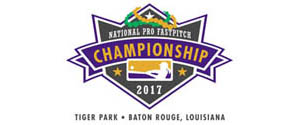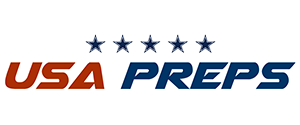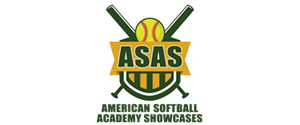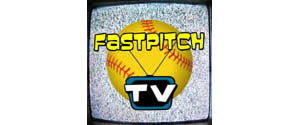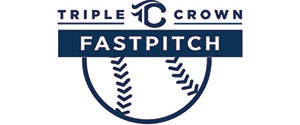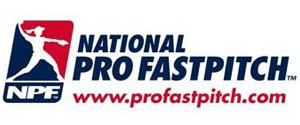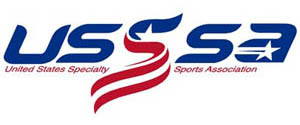bases loaded, no outs. USFA rules
line drive to F1 ankle high, ball hits glove rolls off fingers, pitcher scoops ball again possibly/possibly not before it hits the ground. Base umpire behind F6 rules 'No Catch'. F1 thinking the ball was caught throws to 3rd to get R3. R3 scores and R2 is out at 3rd on the force out.
Question 1: Is it the catch Base Umps call?
Question 2: If Appeal is asked and Plate Ump rules catch is R3 also out for not tagging up or are all runners allowed to return to their bases essentially killing the play at the point of the catch.
The Umpire Corner
playball13 wrote:bases loaded, no outs. USFA rules
line drive to F1 ankle high, ball hits glove rolls off fingers, pitcher scoops ball again possibly/possibly not before it hits the ground. Base umpire behind F6 rules 'No Catch'. F1 thinking the ball was caught throws to 3rd to get R3. R3 scores and R2 is out at 3rd on the force out.
Question 1: Is it the catch Base Umps call?
Question 2: If Appeal is asked and Plate Ump rules catch is R3 also out for not tagging up or are all runners allowed to return to their bases essentially killing the play at the point of the catch.
Cannot speak specifically to USFA, but in most the softball world, this would be the PU's call, but once the BU makes it, that should be to what the team's react.
If there was no change in the call BU made, R1 would score and R2 would be the force out @ 3B.
Should the umpires get together and BU changes call to a catch and out, B4 would be ruled out and all runners returned to their bases. Reason: Most likely the BUs incorrect ruling places both the offense in jeopardy as they responded to the BUs call and attempted to advance when they should not have been forced. Even if the runners were moving on the pitch, the BU's call indicated they must continue advancing to increase their chances of being safe. Had the original call been out, they would have at least gotten an indication they needed to return to the base.
- MTR
- Posts: 2317
- Joined: Thu Jan 03, 2008 5:21 am
playball13 wrote:bases loaded, no outs. USFA rules
line drive to F1 ankle high, ball hits glove rolls off fingers, pitcher scoops ball again possibly/possibly not before it hits the ground. Base umpire behind F6 rules 'No Catch'. F1 thinking the ball was caught throws to 3rd to get R3. R3 scores and R2 is out at 3rd on the force out.
Question 1: Is it the catch Base Umps call?
Question 2: If Appeal is asked and Plate Ump rules catch is R3 also out for not tagging up or are all runners allowed to return to their bases essentially killing the play at the point of the catch.
I don't know USFA rules, so I can only answer based on major rules (ASA/NFHS/NCAA); if USFA has something that alters this, cannot help you.
It isn't a "rule" whose call this is; that is a mechanics issue. If, and only if, there were two differing calls made, and neither umpire wanted to back down, THEN this the plate umpire's call, But that isn't really pertinent to your situation; what is pertinent is how this should have been handled.
Next, this cannot lead to an "Appeal". That word is a defined term with a list of specific situations that are an "appeal", and asking the platue umpire to overrule the base umpire isn't one of them, although the runner leaving early would be an appeal. But, if the only call made was no catch, you cannot have an appeal, until someone decides there was a catch. So, I'm going to presume you mean that you ask the umpire that made the call to check with his partner; that's called going for help, not an appeal. Now, here's where your narrative is unclear.
1) If they both made a call, and they were different, then the plate umpire's call has priority. The umpires (specifically the plate umpire) are authorized to determine if the conflicting calls put either team at a disadvantage, and do what they judge it takes to rectify the jeopardy. If the decision is "catch", then the batter is out, and R1 (lead runner on 3rd in softball) out on appeal, ONLY if umpires believe the call of "no catch" had no affect on her running. If call caused her to leave the base, and they judge she would have returned safely, then they need to put her back safely.
2) If only the base umpire made a call, then he, and only he, can decide to ask the plate umpire for help. The PU cannot overrule his judgment call unless asked by the base umpire; no matter how many people think he can. If they decide to change the call to a catch, then the process of determining jeopardy, as stated above, applies. If a) base umpire sticks with his call, the play stands as ruled. if b) base umpire agrees to ask plate umpire, and they decide to change it, all judgments regarding possible jeopardy are in play.
The general rule involved doesn't make a ball dead at the time if a ruling is delayed or changed; the plate umpire decides if the delay or change caused either team added jeopardy (note, the runners were already in jeopardy, the only issue is if this added jeopardy).
-

UmpSteve - Premium Member

- Posts: 461
- Joined: Fri Aug 21, 2009 10:38 am
3 posts
• Page 1 of 1






